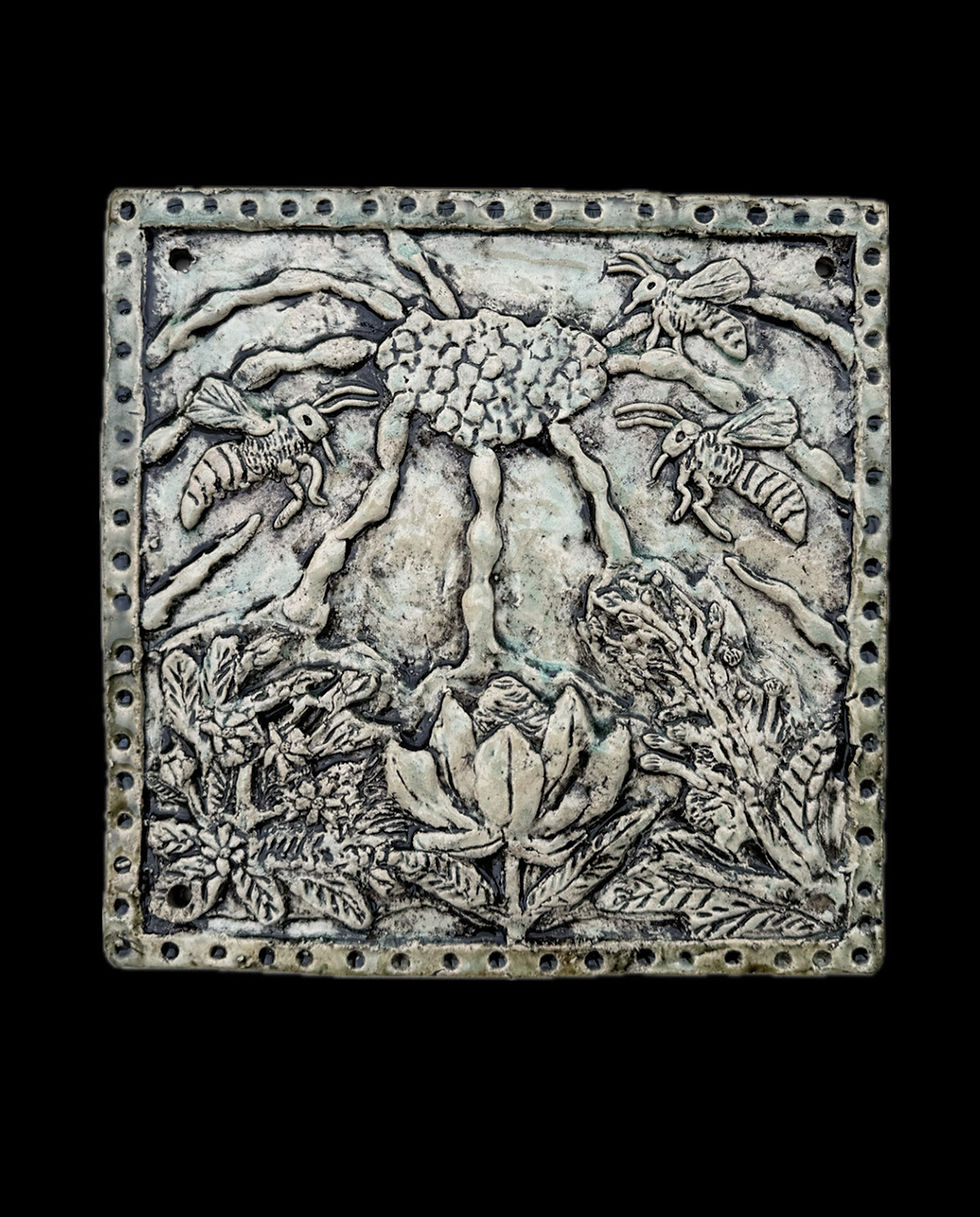Chandogya Upanishad
Chapter 6
The "Chandogya Upanishad Chapter 6" follows one of the most famous transformative philosophical teachings from the Upanishad (500 BCE.), where the sage Uddalaka Aruni imparts sacred wisdom to his son, Shvetaketu. This work emphasizes the transformative power of the guru-shishya (teacher-student) relationship and vividly illustrates Aruni’s renowned metaphors on the nature of the true Self (Atman).

Uddalaka Aruni sends his son, Shvetaketu, away to live at the guru's home, emphasizing that being a Brahmin is not merely a matter of birth but must be earned. Shvetaketu is already twelve years old—a late age to begin learning. At this stage, he is seen as a failure, and his father effectively expels him from home as he has reached a critical age.


For 12 years, Shvetaketu lived as a brahmachari—a celibate student—at the guru's home. This stage of life demanded strict simplicity: students memorized the sacred Vedic texts, served their guru with devotion, collected alms, and maintained the ritual fire.

Shvetaketu returns home at twenty-four, confident in his knowledge, swell-headed, thinking himself to be learned. His father, noticing his arrogance, challenges him, asking whether he has learned the deeper wisdom "by which one hears what has not been heard of before, thinks of what has not been thought of before, and perceives what has not been perceived before?"
The Uddalaka Aruni's questions are paradoxical, and they refer to the ultimate truth that leads to liberation from the cycle of birth and death. This truth reveals the identity between the self (Atman) and the Absolute (Brahman).
Uddalaka Aruni teaches this sacred knowledge through metaphors, analogies, and imagery. At the end of each metaphor, Uddalaka Aruni calls on his son to know himself as such: Tat Tvam Asi—"that's how you are" (तत् त्वम् असि).
"Bring a banyan fruit." "Here it is, sir." "Cut it up." "I've cut it up, sir." "What do you see there?" "These quite tiny seeds, sir." "Now, take one of them and cut it up." "I've cut one up, sir." "What do you see there?" "Nothing, sir." Then he told him: "This finest essence here, son, that you can't even see—look how on account of that finest essence this huge banyan tree stands here. Believe, my son: the finest essence here—that constitutes the self of this whole world; that is the truth; that is the self (atman). And that's how you are, Svetaketu."

"Put this chunk of salt in a container of water and come back tomorrow..." the father said to him: "The chunk of salt you put in the water last evening—bring it here." He groped for it but could not find it, as it had dissolved completely. "Now, take a sip from this corner," said the father. "How does it taste?" "Salty..." The father told him: "You, of course, did not see it there, son; yet it was always right there. "The finest essence here—that constitutes the self of this whole world; that is the truth; that is the self (atman). And that's how you are, Svetaketu."

"It is like this, son. By means of just one lump of clay one would perceive everything made of clay—the transformation is a verbal handle, a name—while the reality is just this:
'It's clay.'”

"No matter what they are in this world—whether it is a tiger, a lion, a wolf, a boar, a worm, a moth, a gnat, or a mosquito—they all merge into that. The finest essence here—that constitutes the self of this whole world; that is the truth; that is the self (atman)."

"Now, take the bees, son. They prepare the honey by gathering nectar from a variety of trees and by reducing that nectar to a homogeneous whole. In that state the nectar from each different tree is not able to differentiate: 'I am the nectar of that tree,' and 'I am the nectar of this tree."

"Now, take these rivers, son. The easterly ones flow toward the east, and the westerly ones flow toward the west. From the ocean, they merge into the very ocean; they become just the ocean. In that state they are not aware that: 'I am that river,' and 'I am this river.'"


All English translations are by Patrick Olivelle, “The Early Upanishads: Annotated Text and Translation.”
Oxford University Press (1998).